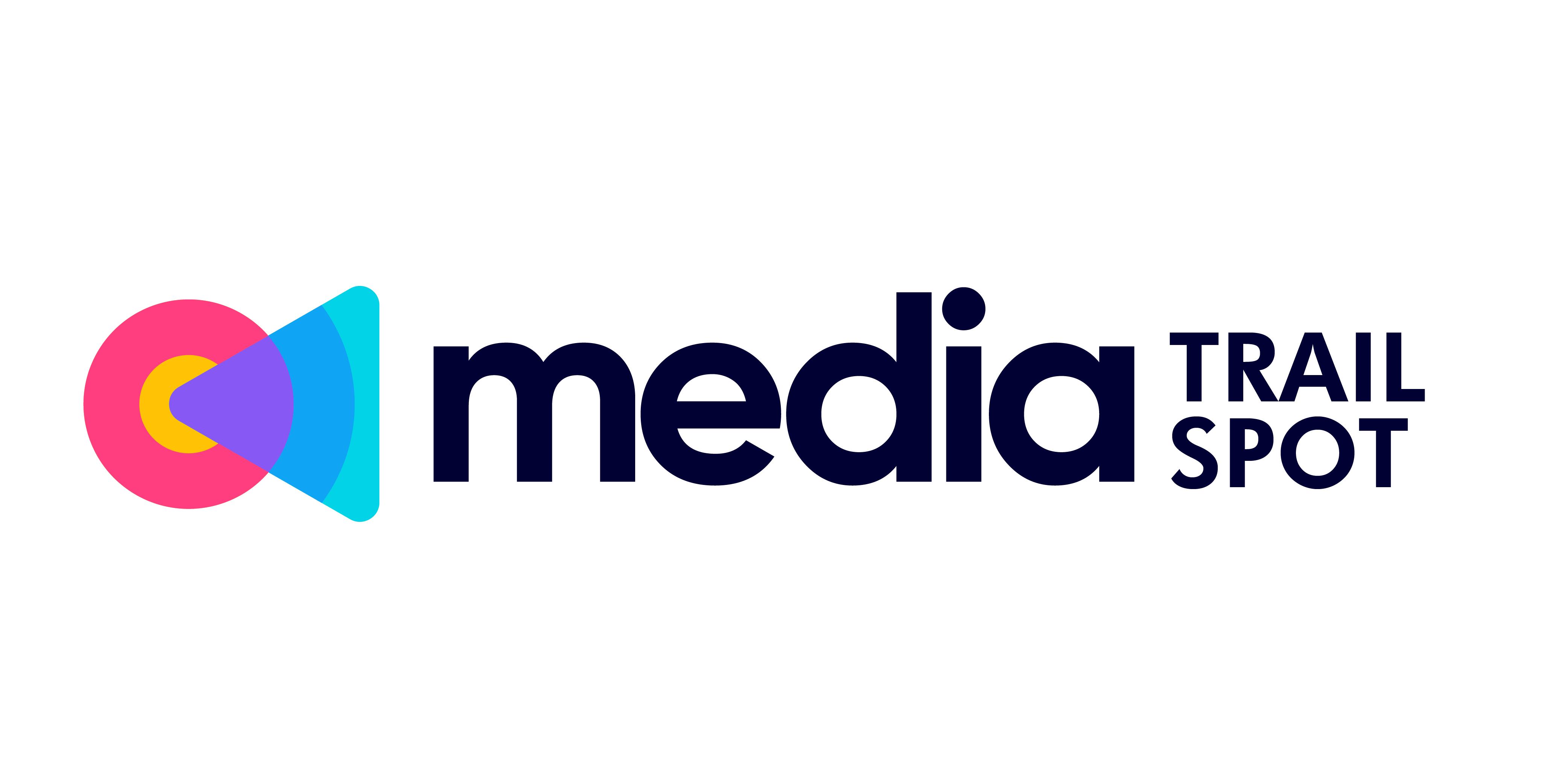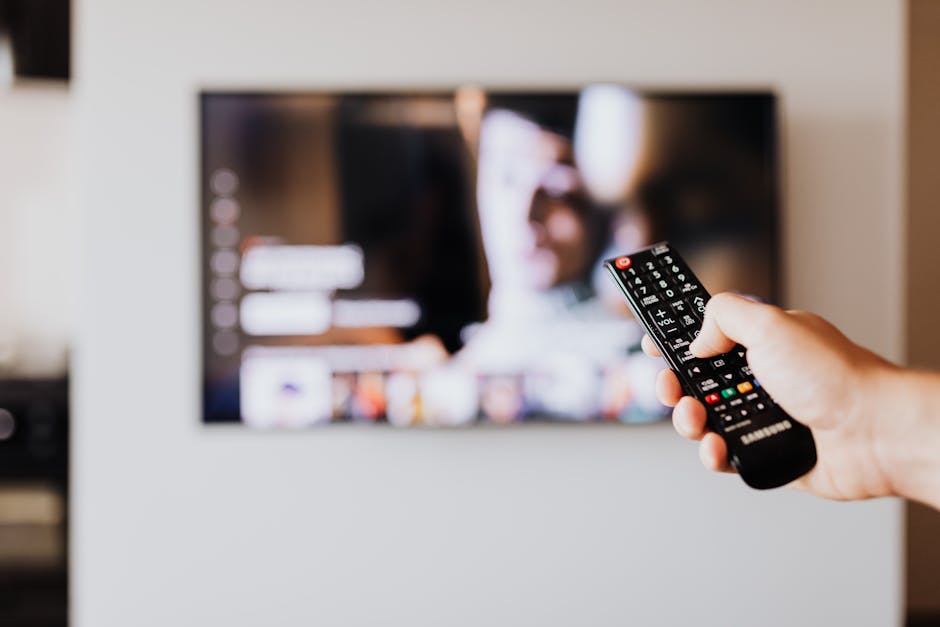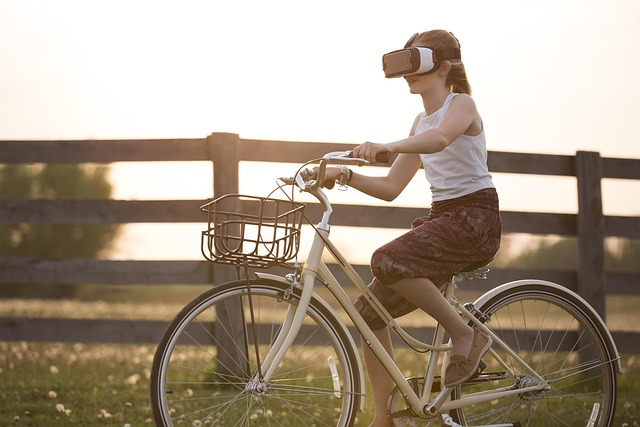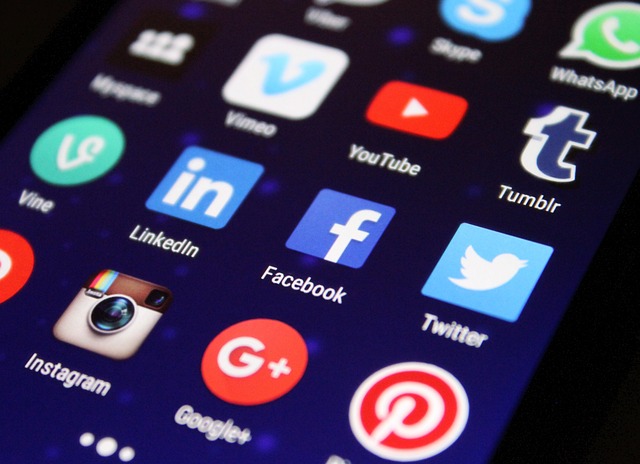Introduction: The Viewing Tug-of-War
In today’s media landscape, viewership isn’t just a vanity metric—it’s currency. With ad dollars, subscriber counts, and production budgets all tied to who’s watching what and where, knowing where people spend their screen time has never mattered more. And right now, those eyes are drifting—fast—from cable to streaming.
By the numbers, the story is clear: as of late 2023, over 75% of U.S. households subscribe to at least one streaming service, while cable penetration has dropped below 50% for the first time in decades. Younger audiences—especially Gen Z and millennials—are mostly watching on-demand content, and usually on a phone. Cable used to set the cultural agenda. Not anymore.
The shift isn’t just about tech—it’s about behavior. Audiences want control. They want content when they want it, how they want it, and on the device they choose. That’s a hard sell for traditional broadcasters tied to fixed schedules and outdated pricing models. Streaming didn’t just offer a new delivery system; it flipped the expectations around what media should feel like. Time-shifting, bingeing, skipping—that’s the new habit loop.
For media creators and advertisers alike, this shifting ground demands adaptability. If your content isn’t tailored for this new way of watching, it’s likely not being watched at all.
Streaming’s Rapid Domination
The numbers don’t lie—subscription-based streaming has left cable in the rearview. Giants like Netflix, Disney+, and HBO Max have turned the viewing experience into something that feels more personal, more flexible, and way less constrained. Viewers expect to watch what they want, when they want, with minimal friction. Ads? Sometimes. But for many, the price of a premium, ad-free tier is worth the uninterrupted flow.
Algorithm-driven recommendations have also raised the bar. These platforms aren’t just curating—they’re analyzing every click, pause, and skip to serve content that keeps you watching. Original programming plays a massive role too. From gritty dramas to niche documentaries, the binge model encourages full-season consumption in a weekend binge, not a one-episode-per-week grind.
What makes it all click is flexibility. No cables, no boxes, no installation appointments. Whether you’re on a train or in your bed, content follows you. That fluid experience is what cable still can’t replicate—and it’s why streaming continues to eat up market share.
Cable’s Slow Decline—but Not Dead Yet
It’s no shock: cable subscriptions keep dipping year after year. People are tired of high bundled prices filled with channels they never watch. The give-us-everything-but-let-you-control-nothing model just doesn’t fly anymore, especially with the rise of flexible on-demand options. Viewers want more say in what they’re paying for—and when they pay for it.
Still, cable isn’t out of the game. It continues to hold ground where streaming struggles: live sports, local news, and older demographics who favor familiar setups. If you’re watching a playoff game in real time or catching up on the 6 o’clock weather, cable still delivers better than most.
Recognizing this, cable providers aren’t just sitting still. They’ve started rolling out hybrid options—mixing traditional live TV with streaming access and mobile apps to stay relevant. It’s not about beating streaming at its own game. It’s about not vanishing completely.
This pivot won’t win back everyone, but it may hang on to those who still want the middle ground.
The Content Arms Race
Streaming giants are burning through budgets like never before. Billions are being funneled into original content—shows custom-built to retain subscribers and pull users away from rival platforms. Netflix kicked off the trend with hits like “Stranger Things,” but now every major player is in the exclusivity game. Disney+ has Marvel and Star Wars. Max hoards HBO originals. Even Amazon is swinging big with series like “The Lord of the Rings: The Rings of Power.”
But with so many services fencing off content, the market looks more like cable 2.0. Fragmentation is real—and frustrating. Viewers who moved to streaming for freedom are now juggling five platforms, each demanding a monthly fee. Want to keep up with the best shows? That convenience is turning into a pricey scavenger hunt.
Meanwhile, the old guard isn’t sitting out. Traditional networks like Paramount, NBC, and FX are building their own digital homes—think Paramount+, Peacock, and FX on Hulu. These aren’t just side projects. They’re built to reclaim viewers who’ve drifted away from cable boxes to binge-worthy lineups on smaller screens.
The bottom line? Content isn’t just king—it’s a full-blown arms race, with everyone trying to own a viewer’s time and wallet.
Cost vs. Convenience
If you’re juggling four or five streaming subscriptions, your monthly bill might be closer to a traditional cable package than you’d like to believe. Stacking Netflix, Hulu, Max, Disney+, and a sports add-on could easily run you $60–$80 per month—sometimes more. Cable bundles, often pegged as relics, hover around the same price tiers, depending on the provider and region.
But here’s where it splits. Streaming platforms let you pick and choose, drop a service when you’re done with it, and hop to the next. No two-year contracts. No cancellation fees. Cable, in contrast, still leans on bundled deals that lock you into long-term agreements, often with hidden costs—equipment fees, surcharges, package minimums.
Then there’s user control. With streaming, you’re in charge. Click cancel and you’re out. Change your mind and you’re back in with a password. Cable is less forgiving. Want to cancel? Be ready to make a phone call, wait on hold, and possibly get upsold.
Bottom line: streaming isn’t always cheaper—but it is more flexible. And in an era where convenience is currency, that switches the value equation fast.
The Impact of User Behavior
Mobile-First Consumption
Today’s viewers are shifting away from the traditional TV screen. Instead, smartphones and tablets have become the primary devices for video consumption—often outpacing desktops and even smart TVs in daily use. This isn’t just a generational trend; it’s a global shift in behavior.
- Viewers prefer watching on mobile due to convenience and accessibility
- Streaming apps are optimized for vertical video and smaller formats
- On-the-go access drives real-time engagement with content
Multiscreen Habits
Modern audiences rarely use one screen at a time. Whether it’s second-screening during a TV broadcast or browsing social media while streaming a movie, multitasking has become part of the experience.
- Multiscreen usage enhances engagement—but also divides attention
- Platforms are adapting with companion content and interactive features
- Marketers and platforms leverage second screens for cross-promotion
Rise of Personalized, Short-Form, and Interactive Content
Algorithms are now curating content based on user preferences, making personalized video streams the norm. At the same time, viewers gravitate toward shorter formats that demand less time and offer immediate gratification.
- Personalized feeds driven by data and viewer history
- Short-form video dominates platforms like TikTok, Instagram Reels, and YouTube Shorts
- Interactive features (like polls, live Q&A, and choose-your-path narratives) are redefining passive viewing
Explore more trends in media shifts: The Growth of User-Generated Content in Online Media
What the Future Looks Like
Streaming and cable aren’t just racing each other anymore—they’re starting to blend. Hybrid models are gaining traction, where platforms offer a mix of live broadcasts and on-demand libraries. Think Hulu + Live TV, or YouTube TV blending traditional channels with the swipe-and-binge streaming interface. Viewers don’t want to pick sides anymore. They want both: the ability to catch a playoff game live, then switch to a true crime docuseries when it’s over.
Behind the scenes, AI is making these experiences smarter and more tailored. From suggesting content based on personal habits to optimizing stream quality in real time, algorithms are doing the heavy lifting. AI is also reshaping analytics—providers know what you’re watching, when you skip, and what keeps you hooked. That data is gold for shaping content libraries and keeping you logged in longer.
The bigger takeaway? Power is shifting to the user. As more platforms chase personalization and convenience, it’s viewers—not executives—who are deciding what the future of TV looks like. Platforms that adapt to those preferences quickly will define the next decade of media consumption.
Conclusion: Not Just a Tech Shift, But a Culture Shift
Beyond Platforms: It’s About People
The streaming vs. cable debate isn’t just a technology battle—it’s a reflection of changing viewer behaviors and evolving media expectations. What audiences want today is not only convenience, but also control, personalization, and value. The rise of bingeable series, ad-free options, and mobile-first viewing has put pressure on all content providers to meet people where they are.
- Viewers expect flexible access across devices
- Content must cater to specific tastes, not just mass appeal
- On-demand isn’t a bonus—it’s the baseline
The True Winners: Adaptive Platforms
The question isn’t who wins—it’s who adapts. Platforms that survive and thrive will:
- Invest in diverse, high-quality content
- Embrace both live and on-demand options
- Evolve interfaces and recommendations using data insight
- Keep the user experience friction-free
Whether streaming giants or reinvented cable services, the winners will be those who understand that user expectation is the new currency.
Action Steps: What Viewers and Creators Must Do
For viewers:
- Audit your subscriptions: Are they still worth the cost?
- Stay informed as media services bundle, unbundle, or merge
For media creators and platforms:
- Focus on audience-first strategies, not just distribution
- Explore hybrid models that combine live, interactive, and bingeable formats
- Prioritize consistency, quality, and accessibility
Final Thought: The future of media isn’t just more content—it’s smarter content aligned with what viewers actually want. Flexibility, relevance, and trust will be the pillars of tomorrow’s media winners.


 Susane Privetterry is a tech author at mediatrailspot known for her insightful writing on AI, digital tools, and modern technology trends. She simplifies complex topics, making them accessible and engaging for readers of all levels.
Susane Privetterry is a tech author at mediatrailspot known for her insightful writing on AI, digital tools, and modern technology trends. She simplifies complex topics, making them accessible and engaging for readers of all levels.

